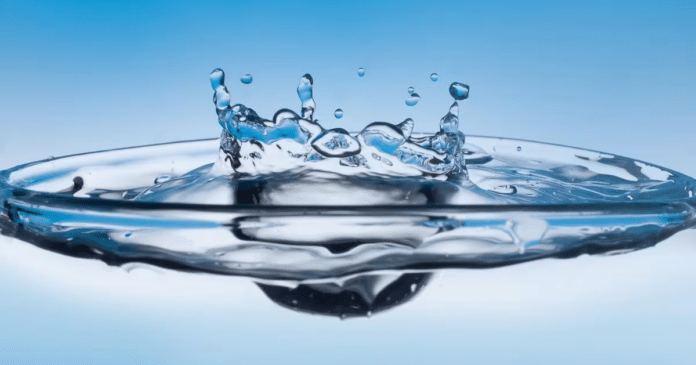The physics of hot and cold water involves the principles of heat transfer and the behaviour of water molecules. Let’s delve into the physics behind hot and cold water:
- Molecular Kinetic Energy: The temperature of a substance, such as water, is a measure of the average kinetic energy of its molecules. In simpler terms, it represents how fast the water molecules are moving. Hot water has molecules with higher kinetic energy, meaning they move more rapidly and have greater thermal energy. Cold water has molecules with lower kinetic energy, moving more slowly with less thermal energy.
- Heat Transfer: The transfer of heat occurs in three main ways: conduction, convection, and radiation.
- Conduction: This is the process of heat transfer through direct contact. When you touch hot water, heat energy is transferred from the hot water to your skin by conduction, making you feel that the water is hot. Conversely, if you touch cold water, heat energy is transferred from your skin to the cold water, making it feel cold to you.
- Convection: Heat transfer by convection involves the movement of fluid (in this case, water) due to temperature differences. For example, when you heat a pot of water on a stove, the hot water rises while the cold water sinks, creating a convection current that helps distribute heat throughout the pot.
- Radiation: Heat transfer by radiation involves the emission of electromagnetic waves. While this is less relevant to the perception of hot and cold water, it plays a role in how water loses heat to the surrounding environment.
- Specific Heat Capacity: Water has a relatively high specific heat capacity, which means it can absorb and store a significant amount of heat energy without a large change in temperature. This property makes water slower to heat up or cool down compared to many other substances. It also contributes to the sensation of cold or hot water; it takes time for your body to transfer enough heat to or from the water to notice a change in temperature.
- Phase Changes: Water can undergo phase changes between solid (ice), liquid (water), and gas (water vapor) at specific temperature transitions. For example, when water freezes, it releases heat energy, which is why you might feel your hand getting cold when you touch ice.
In summary, the physics of hot and cold water involves the movement and energy of water molecules, as well as the principles of heat transfer. The perception of hot or cold water depends on the relative temperatures and the direction of heat transfer between your body and the water. Understanding these principles helps explain why water can feel hot or cold to the touch.
If you would like your interests… published, submit via https://dorseteye.com/submit-a-report/
Join us in helping to bring reality and decency back by SUBSCRIBING to our Youtube channel: https://www.youtube.com/channel/UCQ1Ll1ylCg8U19AhNl-NoTg SUPPORTING US where you can: Award Winning Independent Citizen Media Needs Your Help. PLEASE SUPPORT US FOR JUST £2 A MONTH https://dorseteye.com/donate/







